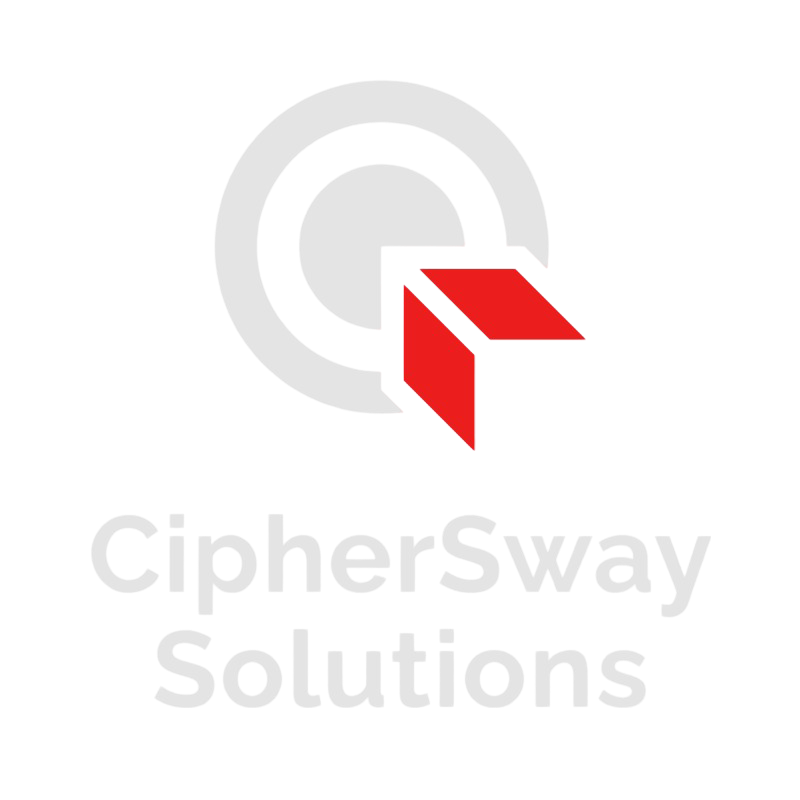In today’s rapidly evolving digital landscape, tapping into the power of paid social media advertising can be your secret weapon to achieving digital success. By strategically using targeted advertisements on platforms like Facebook, Instagram, and LinkedIn, you can effectively reach your desired audience, amplify brand awareness, and drive significant engagement and conversions. This article will guide you through the essential steps to create, implement, and optimize paid social media campaigns, ensuring that you maximize your return on investment and propel your business towards online growth and recognition.
How Can You Leverage Paid Social Media Advertising To Achieve Digital Success?
Have you ever wondered how some brands seemingly skyrocket to digital success while others struggle to find their footing? The secret often lies in leveraging paid social media advertising effectively. It’s not just about throwing money at ads and hoping for the best; it requires strategy, creativity, and a deep understanding of your audience.

Understanding Paid Social Media Advertising
Paid social media advertising involves spending money to amplify your brand’s message across popular social platforms like Facebook, Instagram, Twitter, LinkedIn, and more. Unlike organic posting, which can be hit or miss, paid ads ensure that your content reaches a specific audience within a short amount of time.
Why Paid Social Media Advertising?
Paid advertising platforms provide a powerful way to reach your target audience. Here are a few reasons why you should consider it:
- Targeted Reach: You can target your ads to very specific demographics, enhancing the reach to those who are most likely interested in your products or services.
- Achieve Faster Results: Unlike organic reach which can take time to build, paid ads can deliver immediate visibility and engagement.
Setting Up Your Advertising Goals
Before diving into the world of paid social media advertising, it’s crucial to articulate clear goals. What do you want to achieve? Common objectives include:
- Brand Awareness: Get your name out there and let potential customers know you exist.
- Lead Generation: Gather information from potential customers for future follow-up.
- Conversions: Drive traffic that results in sales or other valuable actions.
- Engagement: Boost likes, shares, comments, and overall interaction with your content.
Choosing the Right Platform
Not all social media platforms are created equal, especially when it comes to advertising. Here’s a quick breakdown to help you decide which platform might be best for your goals:
| Platform | Best For | Audience Demographics |
|---|---|---|
| Brand Awareness, Lead Generation | Wide demographic, particularly 25-54 age range | |
| Visual Content, Brand Engagement | Mostly younger audience under 35 | |
| Real-Time Updates, Engagement | Wide audience, skewing younger | |
| B2B Marketing, Professional Leads | Professionals, job-seekers | |
| Visual Products, DIY Projects | Predominantly female, 18-49 age range |
Platform Specifics
Different platforms offer unique features tailored to their user base:
- Facebook: Offers robust targeting options, including demographic information, interests, and even behavior.
- Instagram: Focuses on visually engaging content; stories and carousel ads are extremely popular.
- Twitter: Ideal for real-time promotions or updates; hashtags and trending topics are key elements.
- LinkedIn: Perfect for B2B marketing; you can target specific industries or company sizes.
- Pinterest: Great for visually appealing products and discovering DIY projects; “Pins” can be promoted to appear in relevant searches.

Crafting Compelling Ads
Your ad content is critical to capturing attention. Unlike traditional advertising, social media users scroll quickly, so you need to make an impression within seconds.
Ad Types
Here are common types of ads you might consider:
- Image Ads: Simple yet effective; one compelling image and a strong call-to-action.
- Video Ads: Ideal for storytelling or demonstrating products.
- Carousel Ads: Allows multiple images or videos in a single ad to showcase different products or features.
- Stories Ads: Full-screen ads that appear in stories; great for immersive content.
- Sponsored Content: Also known as native advertising, these ads blend seamlessly into the user feed.
Writing Effective Ad Copy
The message you convey is just as important as the visual element:
- Be Concise: People don’t usually spend much time reading ads, so keep it short and impactful.
- Include a CTA: Always have a clear call-to-action, whether it’s “Shop Now,” “Learn More,” or “Sign Up.”
- Speak Their Language: Tailor your tone of voice to resonate with your target audience.
Visual Elements
Your visuals must be:
- High Quality: Grainy or pixelated images can tarnish your brand’s reputation.
- On-Brand: Ensure your imagery aligns with your brand’s colors, fonts, and overall aesthetic.
- Attention-Grabbing: Use vibrant colors or striking compositions to catch viewers’ eyes.
Targeting Your Audience
One of the biggest advantages of paid social media advertising is the ability to target specific demographics. Here’s how you can leverage targeting options:
Demographic Targeting
Target based on age, gender, location, language, or relationship status.
Interest-Based Targeting
Identify people based on their interests, such as hobbies, pages they’ve liked, or topics they often search for.
Behavior-Based Targeting
Focus on users’ previous actions, like purchase behavior or device usage.
Lookalike Audiences
Create a new audience similar to your existing customer base to expand your reach.
Budgeting and Bidding
You don’t need to break the bank to achieve success with paid social media advertising. Here are some budgeting and bidding strategies to consider:
Budget Types
- Daily Budget: Set a limit for how much you’re willing to spend per day.
- Lifetime Budget: Set a total budget for the entire duration of the campaign.
Bidding Strategies
Different platforms offer various bidding strategies:
- Cost-Per-Click (CPC): You pay each time someone clicks on your ad.
- Cost-Per-Thousand Impressions (CPM): You pay for every 1,000 impressions.
- Cost-Per-Action (CPA): You pay when a user takes a specific action like signing up or making a purchase.
Choose a strategy that aligns with your overall advertising goals.
Analyzing and Optimizing Ad Performance
Once your campaigns are up and running, it’s essential to track their performance. Metrics to monitor include:
Key Performance Indicators (KPIs)
- Click-Through Rate (CTR): The percentage of people who clicked on your ad versus how many saw it.
- Conversion Rate: The percentage of clicks that resulted in a desired action.
- Return on Ad Spend (ROAS): The revenue generated for every dollar spent on advertising.
A/B Testing
Don’t settle for one version of your ad; test multiple variations to identify what works best. A/B testing different headlines, images, and calls-to-action can provide invaluable insights.
Making Adjustments
Based on your analysis, make necessary adjustments—whether it’s tweaking your target audience, changing your ad copy, or adjusting your bid strategy.
Best Practices for Paid Social Media Advertising
Keep Up with Trends
Social media trends can change quickly. Stay up to date to ensure your ads remain relevant and engaging.
Use Retargeting
Re-engage users who have interacted with your brand but haven’t converted. This follow-up can significantly increase conversion rates.
Focus on Mobile
With most users accessing social media via mobile devices, ensure your ads are mobile-optimized.
Leverage User-Generated Content
Incorporating content created by your customers can add authenticity to your ads and boost engagement.
Case Studies: Successful Paid Social Media Campaigns
Airbnb
Airbnb used Instagram Stories to showcase user-generated content and tell authentic travel stories. This approach resulted in a significant increase in brand engagement and booking rates.
Spotify
Spotify ran targeted ads on Facebook and Instagram using a mix of video and carousel ads. By targeting specific music preferences, they achieved higher engagement and increased premium subscriptions.
Nike
Nike leverages video ads on multiple platforms, often around significant sporting events. Their focus on high-quality, inspirational content resonates deeply with their audience, leading to increased brand loyalty and sales.
Conclusion
Paid social media advertising offers a powerful toolset for achieving digital success. By setting clear goals, choosing the right platform, crafting compelling ads, targeting effectively, budgeting wisely, and continually analyzing and optimizing performance, you can create campaigns that deliver measurable results.
The key lies in understanding your audience, staying adaptable, and leveraging the unique capabilities of each social media platform. With the right strategy, your brand can join the ranks of those that have found immense digital success through paid social media advertising. So, are you ready to take your brand to the next level? Dive in, experiment, and watch your digital presence grow exponentially!

